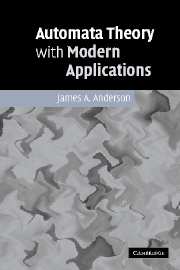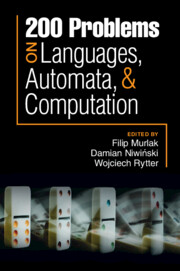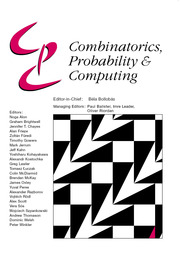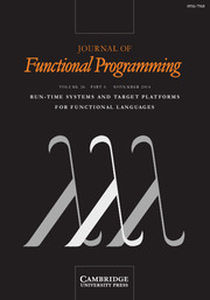Automata Theory with Modern Applications
Recent applications to biomolecular science and DNA computing have created a new audience for automata theory and formal languages. This is the only introductory book to cover such applications. It begins with a clear and readily understood exposition of the fundamentals that assumes only a background in discrete mathematics. The first five chapters give a gentle but rigorous coverage of basic ideas as well as topics not found in other texts at this level, including codes, retracts and semiretracts. Chapter 6 introduces combinatorics on words and uses it to describe a visually inspired approach to languages. The final chapter explains recently-developed language theory coming from developments in bioscience and DNA computing. With over 350 exercises (for which solutions are available), many examples and illustrations, this text will make an ideal contemporary introduction for students; others, new to the field, will welcome it for self-learning.
- Especially clear and easily understood exposition of the basic principles
- Sections devoted to contemporary applications and research areas, including biomolecular science
- Lots of exercises, examples and illustrations
Reviews & endorsements
'Anderson's book gives an excellent, clearly written account of automata theory.' SIAM Review
Product details
June 2006Paperback
9780521613248
260 pages
227 × 151 × 14 mm
0.374kg
5 tables 351 exercises
Available
Table of Contents
- 1. Introduction
- 2. Languages and codes
- 3. Automata
- 4. Grammars
- 5. Turing machines
- 6. A visual approach to formal languages
- 7. From biopolymers to formal language theory
- Bibliography
- Index.








